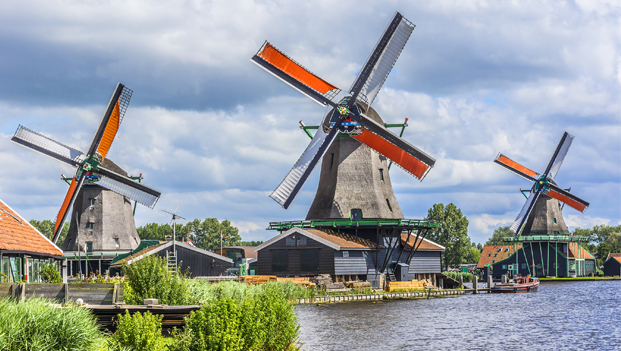8th February 2016
The Web of Network and Communication – Indian Railways
Indian Railways is one of the largest and the busiest railway networks in the world, which employs both long distance and suburban railway trains. It operates a total of about 8,702 trains transporting about 15 million passengers daily across 25 states. It has over 1.6 million people in its services.





